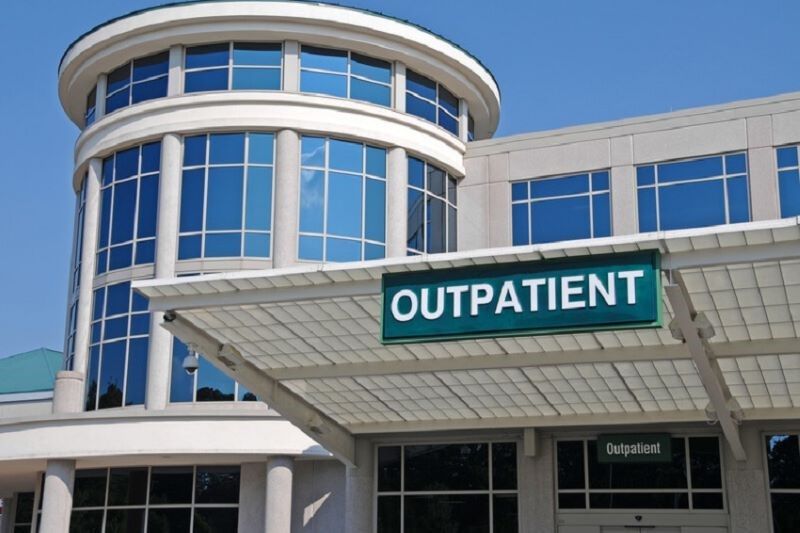Medical Outpatient Occupancy Reaches 92.8% Amid Aging Population, Spending Surge
Sandy Romero, Cushman & Wakefield‘s head of life sciences and healthcare insights, recently announced that occupancy for the latest medical outpatient building (MOB) reached 92.8%, marking 15 consecutive quarters of growth.
This isn’t unexpected. As previously reported by GlobeSt.com, 2025 is shaping up to be a significant year for MOBs, driven by factors like an aging population, rising healthcare spending, technological advancements, and changing consumer preferences.
Currently, 61 million people aged 65 and older make up 14% of the U.S. population, a figure expected to rise to 70 million by 2030, or 20% of the population, as the last of the baby boomers retire. This demographic shift will drive healthcare spending up by 31%, reaching nearly $2 trillion. For those over 65, healthcare costs surge significantly, from an average of $8,000 per year for individuals under 65 to $20,000 for those between 65 and 84, and $35,000 for those over 85.
Romero attributes the strong demand for MOBs to a combination of solid property fundamentals and the growing needs of an aging population.
“MOB absorption has been impressive over the past three years, averaging nearly 14 million square feet annually,” Romero said.
Current absorption rates are 25% higher than the previous three-year quarterly average, surpassing new MOB space deliveries by nearly three million square feet per year. With demand outpacing new supply, occupancy rates have been steadily increasing each quarter.
“The major driver is the healthcare needs of an aging population,” Romero explained. “Over a third of U.S. healthcare spending goes to individuals over 65, a group expected to grow by 20% by 2032, which will lead to even greater demand for services and specialized facilities.”
However, Cushman & Wakefield’s 2025 healthcare update notes that the sector faces challenges in keeping up with construction demand. Rising construction costs, labor shortages, and a lack of medical staff—particularly physicians—are limiting the expansion of new facilities.
Transaction activity in the first three quarters of 2024 was up 62% year-over-year, with portfolio sales increasing 54% compared to 2023. In Q3, cap rates also compressed as investors anticipated further interest rate cuts by the Federal Reserve.
Source: GlobeSt
For more information contact us:
954.346.8200 x 201




